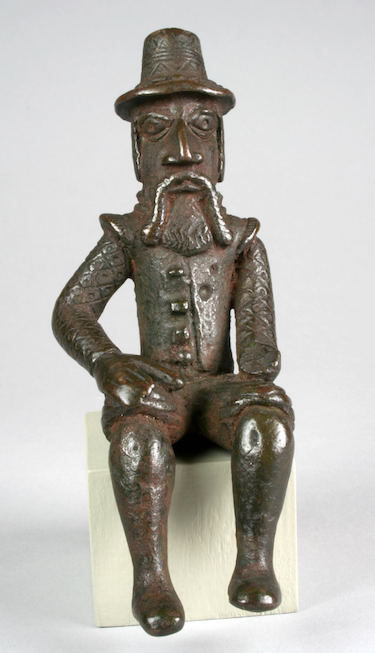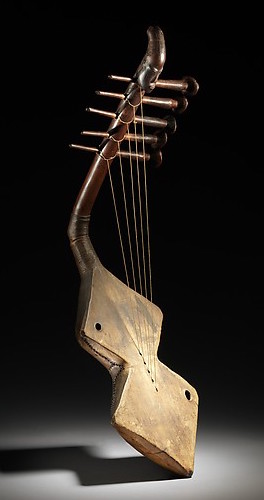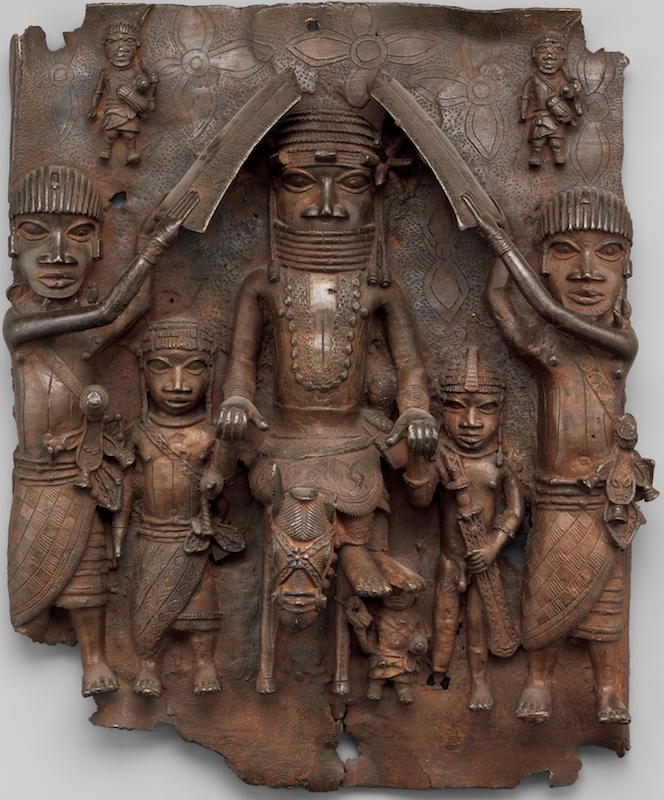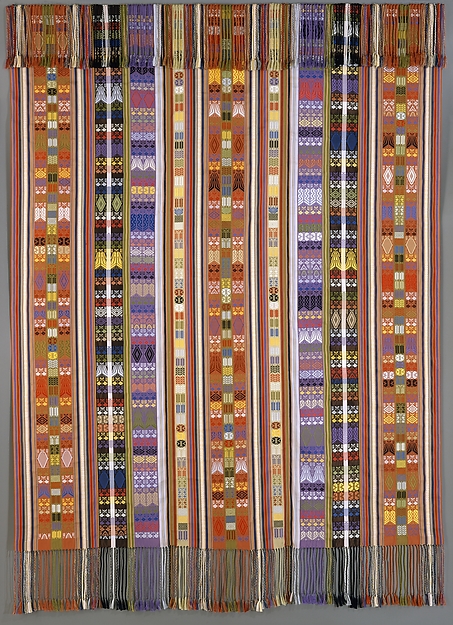Historical overview: from the 1600s to the present

Western trade with Africa was not limited to material goods such as copper, cloth, and beads. By the sixteenth century, the transatlantic slave trade had already begun, forcibly bringing Africans to the newly discovered Americas. Slavery had existed in Africa (as it did elsewhere in the world) for centuries prior to the sixteenth, and many socially stratified African societies kept slaves for domestic work. The sheer number of slaves traded across the Atlantic, however, was unprecedented, as over 11 million Africans were brought to the Americas and the Caribbean over a period of four centuries. Driven by commercial interests, the slave trade peaked in the eighteenth century with the expansion of American plantation production, and continued until the mid-nineteenth century. While Europeans primarily profited from the slave trade, certain West African kingdoms, like Dahomey, also grew wealthy and powerful by selling captives of war. By the late eighteenth century, the slave trade began to wane as the abolitionist movement grew. Those who survived the forced migration and the notorious Middle Passage brought their beliefs and cultural practices to the New World.
Within this far-flung diaspora, certain cultures—such as the Yoruba and Igbo of today’s Nigeria, and the Kongo from present-day Democratic Republic of Congo—were especially well represented. African slaves brought few, if any, personal items with them, although recent archaeological investigations have yielded early African artifacts, like the beads and shells found at the African burial grounds in New York’s lower Manhattan, which date to the seventeenth and eighteenth centuries.
The influence of Africans in the Americas is perhaps best seen in diverse forms of cultural expression that have enriched our society tremendously. Architectural elements such as open-front porches and sloped hip-roofs reflect African influence in the Americas. The religious practices of Haitian Vodou have roots in the spiritual beliefs of Dahomean, Yoruba, and Kongo peoples. Some elements of cuisine in the American South, such as gumbo and jambalaya, derive from African food traditions. Certain musical forms, such as jazz and the blues, reflect the convergence of African musical practices and European-based traditions.

Although the slave trade was banned entirely by the late nineteenth century, European involvement in Africa did not end. Instead, the desire for greater control over Africa’s resources resulted in the colonization of the majority of the continent by seven European countries. The Berlin Conference of 1884–85, attended by representatives of fourteen different European powers, resulted in the regulation of European colonization and trade in Africa. Over the next twenty years, the continent was occupied by France, Belgium, Germany, Britain, Spain, Italy, and Portugal. By 1914, the entire continent, with the exception of Ethiopia and Liberia, was colonized by European nations.
The colonial period in Africa brought radical changes, disrupting local political institutions, patterns of trade, and religious and social beliefs. The colonial era also impacted cultural practices in Africa, as artists responded to new forms of patronage and the introduction of new technologies as well as to their changing social and political situations. In some cases, European patronage of local artists resulted in stylistic change (for example the harp, left) or new forms of expression. At the same time, many artistic traditions were characterized as “primitive” by Westerners and discouraged or even banned.
Although African artifacts were brought to Europe as early as the sixteenth century, it was during the colonial period that such works entered Western collections in significant quantities, forming the basis of many museum collections today. African artifacts were collected as personal souvenirs or ethnographic specimens by military officers, colonial administrators, missionaries, scientists, merchants, and other visitors to the continent. In many of these instances of collecting, objects were gathered through voluntary trade.
In one extreme instance, an act of war initiated by Britain against one of its colonies, thousands of royal art objects were removed from the kingdom of Benin following its defeat by a British military expedition in 1897 (image below).

Independence movements in Africa began with the liberation of Ghana in 1957 and ended with the dismantling of apartheid in South Africa during the 1990s. The postcolonial period has been challenging, as many countries struggle to regain stability in the aftermath of colonialism. Yet while the media often focuses on political instability, civil unrest, and economic and health crises, these represent only part of the story of Africa today. From its many urban centers to more tradition-based rural villages, Africa is increasingly entering the global marketplace. The proliferation of systems of communication, such as computers and cell phones, throughout Africa has facilitated increased interaction with other parts of the world. As Africa moves into the twenty-first century, hope lies in its natural and human resources and the commitment of many Africans to work toward a stable and prosperous future.

In spite of Africa’s political, economic, and environmental challenges, the postcolonial period has been a time of tremendous vigor in the realm of artistic production. Many tradition-based artistic practices continue to thrive or have been revitalized. In recent years, Merina weavers in the highlands of Madagascar have begun to create brilliantly hued silk cloth known as akotofahana, a textile tradition abandoned a century ago.
During the colonial period, art schools were established that provided training, often based on Western models, to local artists. Many schools were initiated by Europeans, such as the Congolese Académie des Arts, established by Pierre Romain-Desfossé in 1944 in Elisabethville, whose program was based on those of art schools in Europe. Less frequently, the teaching of modern art was initiated by indigenous Africans, such as Chief Aina Onabolu, who is credited with introducing modern art in Nigeria beginning in the 1920s. Since the mid-twentieth century, increasing numbers of African artists have engaged local traditions in new ways or embraced a national identity through their visual expression.
Artists in today’s Africa are the products of diverse forms of artistic training, work in a variety of mediums, and engage local as well as global audiences with their work. In recent decades, contemporary artists from Africa, both self-taught and academically trained, have begun to receive international recognition.[1]
- Dr. Christa Clarke, "Historical overview: from the 1600s to the present," in Smarthistory, September 22, 2016, accessed April 3, 2023, https://smarthistory.org/historical-overview-from-the-slave-trade-to-the-modern-era/. ↵

